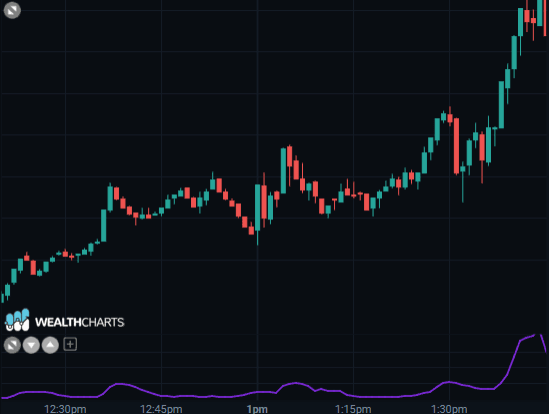Categories
About UsHow to get startedAccount AccessBrokers and TradingScannersResearch ToolsCommunityStocksOptionsFuturesAlertsMobile AppVariance - Indicator Formula
The variance of a variable is a number, indicated by Var( x ), which provides a measure of how varied the values assumed by the variable are or how far they differ from the average.
It's a statistical concept that measures the dispersion of the values assumed by a quantity around its average value. It is defined as the average of the squared deviations.
Average of the squares of discards. Its square root gives the standard deviation.
The standard deviation (or root mean square deviation) is a statistical measure of the variability of a historical series, obtained from the square root of a particular measurement of the dispersion of values around a characteristic value (root square of the variance).
The variance is obtained as follows:
Var( x ) = ( x( 1) - x )2 + ( x( 2 ) – x )2 + … + ( x( N ) – x )2
Therefore the variance is the sum of the squares of the differences of each value of a historical series, with respect to the average value ( x ), compared to the number of values making up the series; the standard deviation, instead, is the square root of the variance:
Sqm = std = SQRT( Var( x ) )
(see also "Standard deviation")
